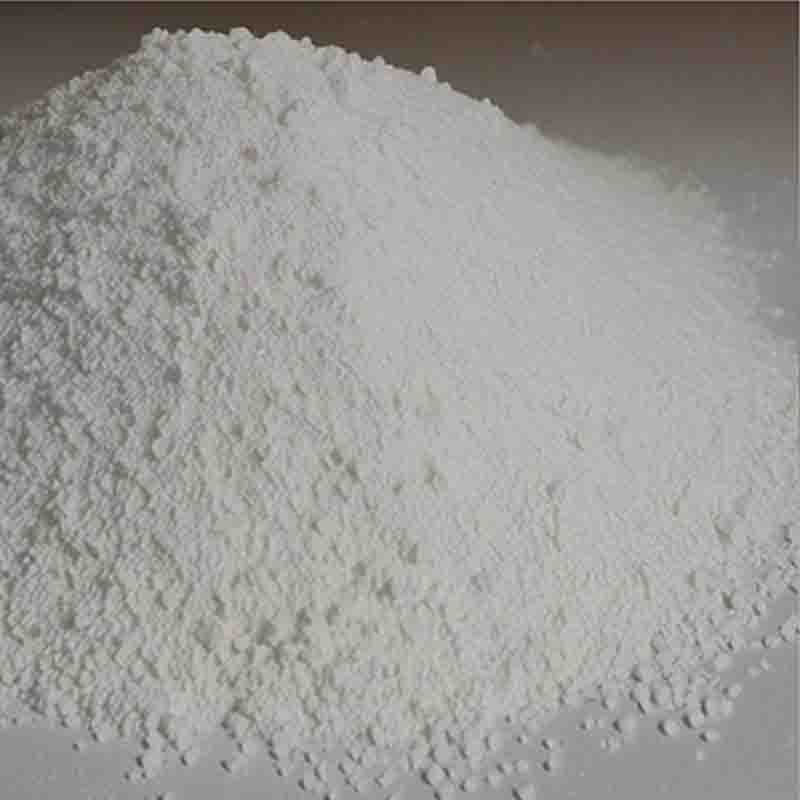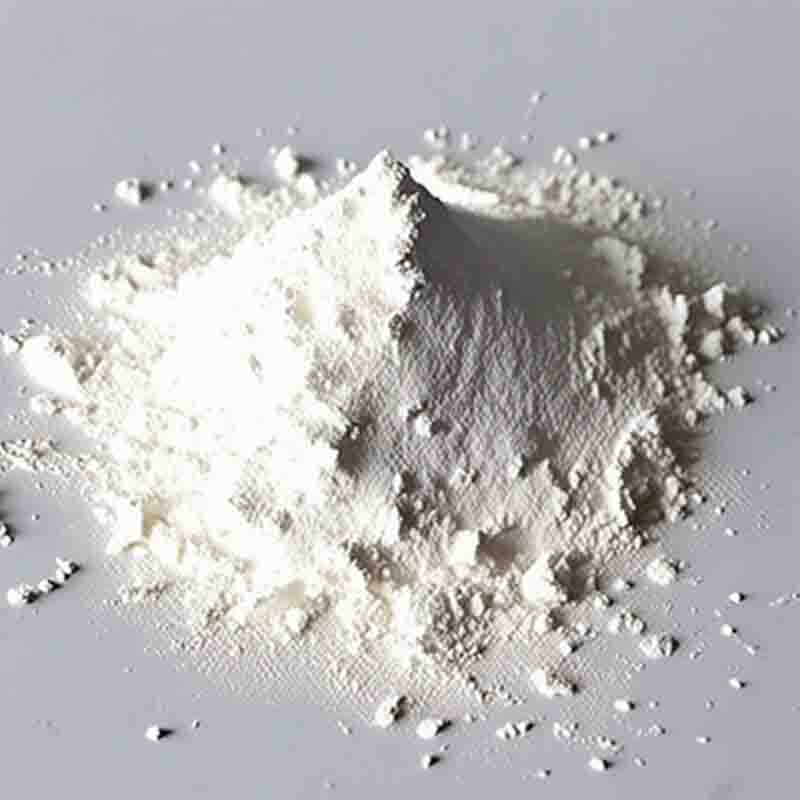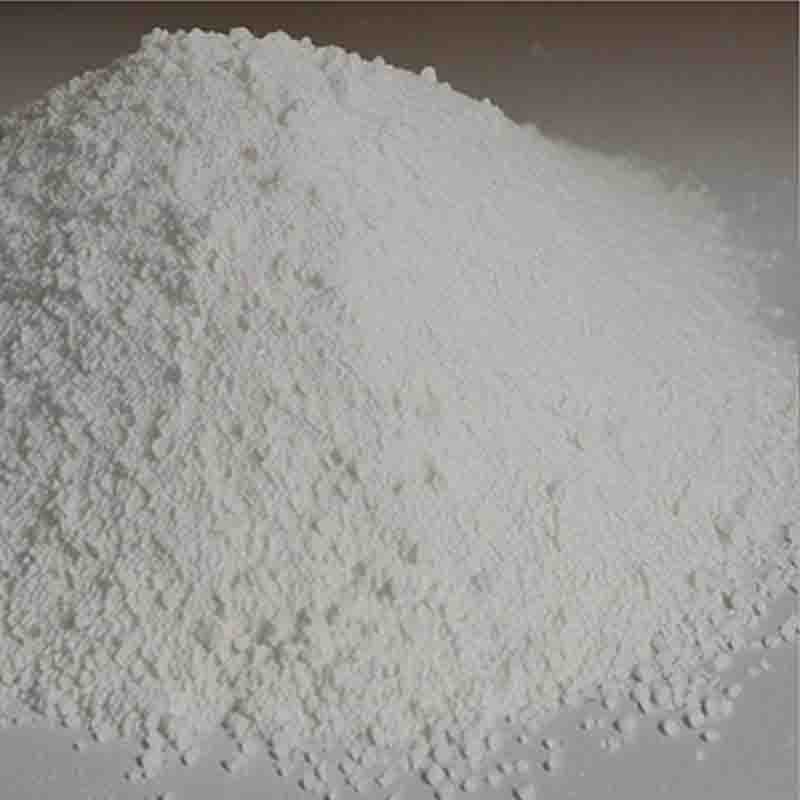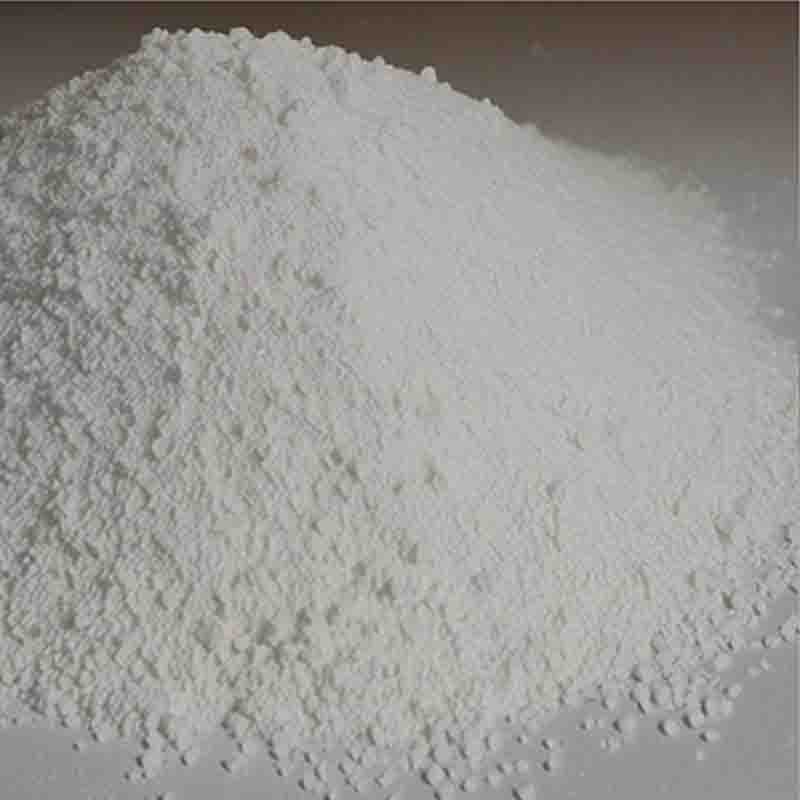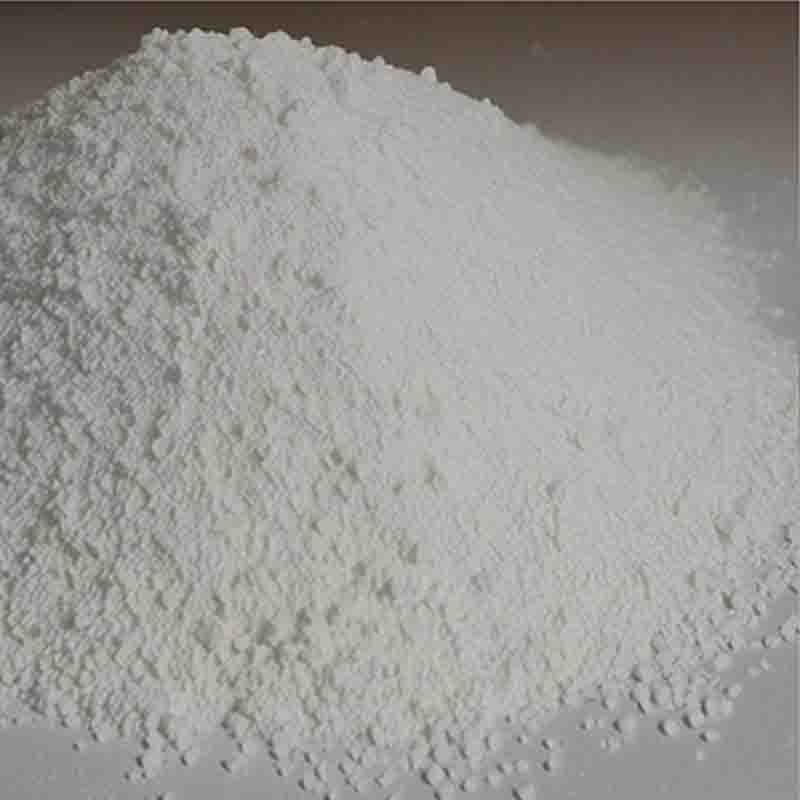Bis(triphenylphosphine)rhodium carbonyl chloride CAS: 13938-94-8
| Catalog Number | XD93992 |
| Product Name | Bis(triphenylphosphine)rhodium carbonyl chloride |
| CAS | 13938-94-8 |
| Molecular Formula | C37H30ClOP2Rh |
| Molecular Weight | 690.94 |
| Storage Details | Ambient |
Product Specification
| Appearance | White powder |
| Assay | 99% min |
Bis(triphenylphosphine)rhodium carbonyl chloride ((Ph3P)2RhCl(CO)) is a coordination complex consisting of a rhodium center coordinated to two triphenylphosphine ligands (Ph3P), a carbonyl ligand (CO), and a chloride ligand (Cl). This complex is a widely used catalyst in various organic synthesis reactions.One of the primary applications of Bis(triphenylphosphine)rhodium carbonyl chloride is in the catalytic hydroformylation reaction, commonly known as the oxo process. This reaction involves the addition of carbon monoxide and hydrogen to an olefin to form an aldehyde. The rhodium center in this complex acts as the active catalyst, while the triphenylphosphine ligands provide steric and electronic control over the reaction. The carbonyl ligand assists in stabilizing the transition state, leading to improved regioselectivity and enhanced catalytic activity. Hydroformylation is an important process in the production of aldehydes, which find wide applications in the manufacture of plastics, solvents, and detergents.Bis(triphenylphosphine)rhodium carbonyl chloride is also utilized as a catalyst in other carbon-carbon bond formation reactions. It can catalyze alkene and alkyne hydrogenation reactions, selectively reducing double and triple bonds to form saturated compounds. The chloride ligand can participate in activating the carbon-carbon double bond, leading to greater efficiency and regioselectivity in the hydrogenation process. This complex is particularly useful in the preparation of saturated compounds for the synthesis of pharmaceuticals, agrochemicals, and fine chemicals.Furthermore, this rhodium complex has been employed in the catalytic carbonylation reactions, where carbon monoxide is added to a substrate to form carbonyl-containing compounds. Bis(triphenylphosphine)rhodium carbonyl chloride shows high activity and selectivity in these transformations. It has been used in the synthesis of various carbonyl compounds, including esters, amides, and carboxylic acids, which are essential building blocks in organic synthesis.The stability and solubility of Bis(triphenylphosphine)rhodium carbonyl chloride make it suitable for use in homogeneous catalysis, where the catalyst and reactants are in the same phase. It exhibits excellent functional group tolerance and can be easily separated from the reaction mixture after completion of the reaction.In summary, Bis(triphenylphosphine)rhodium carbonyl chloride is a versatile catalyst used in various organic synthesis reactions. It finds applications in hydroformylation, hydrogenation, and carbonylation reactions, contributing to the synthesis of important chemical intermediates and compounds used in pharmaceuticals, agrochemicals, and fine chemicals.




